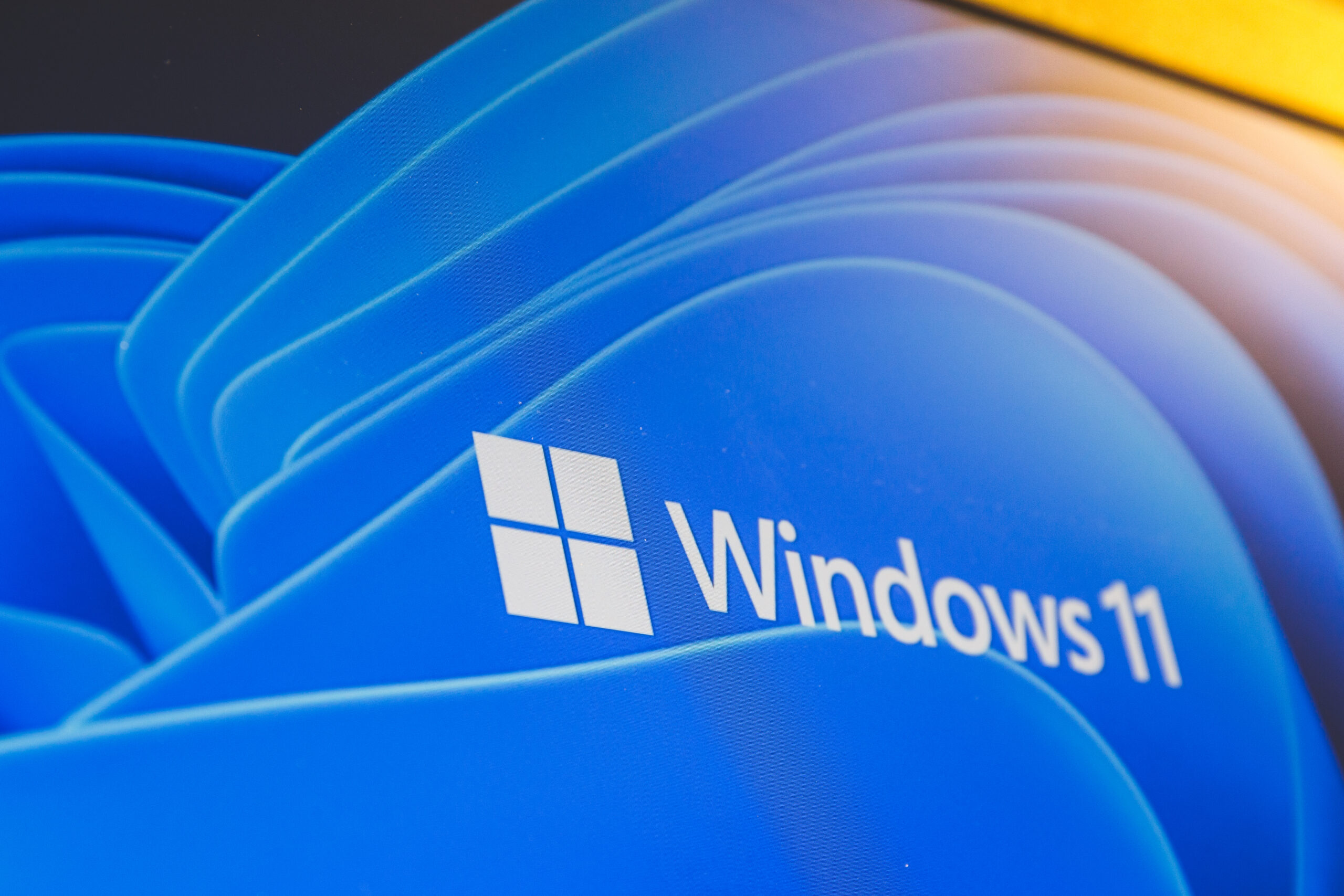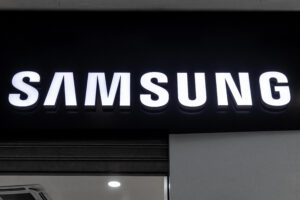As you navigate the ever-evolving landscape of Windows 11, you may have encountered an unexpected hiccup in your digital experience. The recent KB5053598 update has inadvertently removed Microsoft’s AI-powered Copilot assistant from numerous devices, leaving many users perplexed. This unintended consequence has affected not only Windows 11 versions 24H2, 23H2, and 22H2 but also extended its reach to Windows 10 versions 22H2 and 21H2. You might have noticed Copilot’s absence from your taskbar, prompting questions about the stability of Windows updates and the integration of AI features. This article delves into the details of this mishap, its implications, and Microsoft’s response to the situation.
Copilot’s Disappearance: What Happened in the Windows 11 Update?

The recent Windows 11 update (KB5053598) inadvertently caused Microsoft’s AI-powered Copilot assistant to vanish from numerous devices. This unexpected removal affected not only Windows 11 versions 24H2, 23H2, and 22H2 but also extended to Windows 10 versions 22H2 and 21H2. Users were surprised to find Copilot uninstalled and missing from their taskbars, prompting Microsoft to acknowledge the issue publicly.
The Extent of the Problem
The update’s impact was widespread, affecting a significant number of Windows users across multiple operating system versions. Copilot, which had been integrated into the taskbar as a convenient AI assistant, suddenly disappeared without warning or explanation. This left many users confused and frustrated, as they had come to rely on Copilot for various tasks and productivity enhancements.
Microsoft’s Response and Temporary Solution
Upon recognizing the issue, Microsoft advised affected users to take matters into their own hands. The company recommended manually reinstalling Copilot from the Microsoft Store and re-pinning it to the taskbar. This workaround was necessary because an automatic fix was not immediately available. While this solution provided a temporary fix, it highlighted the challenges Microsoft faces in seamlessly integrating AI technology into its operating system.
User Reactions and Broader Implications
Interestingly, user reactions to Copilot’s disappearance were mixed. While some users expressed frustration at losing access to the AI assistant, others welcomed its removal, viewing Copilot as an unnecessary or intrusive feature. This incident has reignited discussions about the balance between AI integration and user preferences in modern operating systems.
Copilot Uninstalled: User Reactions and Frustrations
Mixed Responses to Copilot’s Disappearance
The unexpected removal of Microsoft’s Copilot AI assistant from Windows 11 devices has sparked a range of reactions among users. While some expressed frustration at the sudden loss of a feature they had come to rely on, others welcomed the change, viewing Copilot as an unnecessary addition to their workflow.
Many users who had integrated Copilot into their daily tasks found themselves at a loss when the AI assistant vanished from their taskbars. These individuals reported feeling inconvenienced and confused, having to adapt their routines and find alternative ways to complete tasks they had delegated to Copilot.
Technical Hurdles and Trust Issues
The unintended uninstallation of Copilot has raised concerns about the stability and reliability of Windows 11 updates. Users who attempted to manually reinstall the AI assistant from the Microsoft Store encountered various technical issues, further exacerbating their frustration.
This incident has also reignited discussions about user trust in Microsoft’s update process. Some users expressed skepticism about the company’s ability to seamlessly integrate AI technologies into the operating system without compromising system stability or user experience.
Implications for Future AI Integration
The accidental removal of Copilot serves as a cautionary tale for Microsoft and other tech companies pursuing AI integration. It highlights the delicate balance between innovation and maintaining a stable, user-friendly environment. As AI continues to play a more significant role in operating systems, companies must prioritize thorough testing and quality assurance to prevent similar incidents and preserve user confidence.
Troubleshooting the Copilot Removal: How to Reinstall the AI Assistant
If you’ve discovered that Microsoft’s Copilot AI assistant has vanished from your Windows 11 system after the recent update, don’t worry. Here’s a step-by-step guide to bring it back to your taskbar.
Checking for Copilot’s Absence
First, verify that Copilot is indeed missing. Look for its icon in the taskbar or search for “Copilot” in the Start menu. If it’s nowhere to be found, proceed with the reinstallation process.
Reinstalling Copilot from the Microsoft Store
Open the Microsoft Store app on your Windows 11 device.
In the search bar, type “Copilot” and press Enter.
Locate the official Microsoft Copilot app in the search results.
Click on the “Get” or “Install” button to download and install Copilot.
Wait for the installation to be completed.
Pinning Copilot to the Taskbar
Once Copilot is reinstalled, you’ll want to pin it to your taskbar for easy access:
Open the Start menu and find the Copilot app.
Right-click on the Copilot icon.
Select “Pin to taskbar” from the context menu.
After following these steps, Copilot should be back in its rightful place, ready to assist you with your daily tasks and queries.
Broader Concerns about Windows 11 Update Stability
Recurring Issues Plague Windows 11 Updates
Windows 11 users have faced a series of challenges with recent updates, raising questions about the operating system’s overall stability. The accidental removal of Copilot is just the latest in a string of issues that have left many users frustrated and concerned. From security patch failures to problems with Remote Desktop Protocol connections, these recurring glitches have eroded confidence in Microsoft’s ability to deliver reliable updates.
Impact on User Experience and Productivity
The unpredictable nature of these updates has had a significant impact on user experience and productivity. Many professionals and businesses rely on Windows 11 for their daily operations, and unexpected changes or malfunctions can lead to costly downtime and reduced efficiency. The need to manually reinstall features like Copilot or troubleshoot other issues takes time away from important tasks, leading to growing frustration among the user base.
Balancing Innovation with Reliability
Microsoft faces a delicate balancing act as it strives to integrate cutting-edge AI technology like Copilot into Windows 11 while maintaining system stability. This incident highlights the complexities involved in managing a modern operating system with frequent updates and new features. As AI becomes increasingly central to the Windows experience, Microsoft must find ways to ensure that these advancements don’t come at the cost of reliability and user trust.
The Challenges of Integrating AI into Windows
Balancing Innovation and Stability
As Microsoft pushes forward with AI integration in Windows 11, the accidental uninstallation of Copilot highlights the delicate balance between innovation and system stability. Introducing advanced AI features while maintaining a reliable operating system poses significant technical challenges. The complexity of AI systems can introduce unforeseen conflicts with existing software components, leading to issues like the one experienced with the recent update.
User Experience and Trust
The Copilot incident underscores the importance of user trust in AI integration. While some users welcomed the assistant’s removal, others found its disappearance frustrating. This mixed reaction reflects the varying comfort levels with AI among Windows users. Microsoft must navigate these diverse preferences to ensure AI features enhance rather than detract from the user experience.
Technical Integration Hurdles
Integrating AI into a complex operating system like Windows involves overcoming numerous technical hurdles. These challenges include:
Ensuring AI components don’t interfere with critical system functions
Managing resource allocation to prevent performance degradation
Maintaining compatibility with a wide range of hardware configurations
Implementing robust security measures to protect user data processed by AI
As Microsoft continues to refine its AI integration strategy, addressing these challenges will be crucial for delivering a seamless and reliable Windows experience that leverages the power of artificial intelligence.
In Summary
As you navigate this unexpected Copilot removal and associated Windows 11 update issues, it’s crucial to stay informed and proactive. Keep an eye on official Microsoft channels for further guidance and potential automated fixes. While this incident may have caused frustration, it also serves as a reminder of the complex nature of operating system updates and the ongoing integration of AI technologies. Moving forward, you may want to consider backing up your system regularly and approaching updates with caution. As Microsoft continues to refine its AI offerings and update processes, your feedback and experiences play a vital role in shaping the future of Windows 11 and its features.
More Stories
Ultra Ethernet Sets New Standard for Intelligent, Scalable Data Movement in IoT and Edge AI
In the fast-changing world of IoT and edge AI, the Ultra Ethernet Consortium (UEC) launched its groundbreaking 1.0 specification. This new standard redefines Ethernet’s role in smart, scalable data movement.
Hitachi Empowers Real-Time Data Integration with EverFlex AI Data Hub
In today’s data-driven world, Hitachi Vantara’s EverFlex AI Data Hub becomes a crucial tool for real-time data integration.
Smart Energy Integration Accelerates AI Data Center Evolution in Malaysia
Malaysia’s smart energy & AI data initiative pioneers a venture that blends smart energy integration with AI-driven data center development
Meta’s AI Ambitions Intensify with Strategic Stake in Scale AI
In today’s AI-driven era, Meta is making bold moves to stay ahead in the competitive tech race. It has invested between $14.3 billion and $14.8 billion in Scale AI.
Meta AI App Adds Warning to Prevent Accidental Sharing of Private Chats
In today's world, digital privacy is more important than ever. Meta has taken a major step to protect user data....
Barbie Embraces AI as Mattel and OpenAI Reimagine Smart Play
n the ever-evolving world of play, Mattel begins a groundbreaking journey by teaming up with OpenAI. This partnership brings artificial intelligence to the iconic Barbie brand. By the end of 2024, Barbie’s first AI-powered toy may debut.


